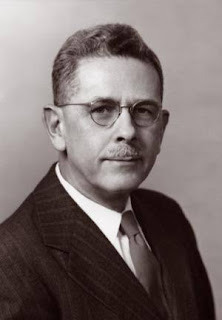3-year doctoral position in bioinformatics: Prediction of bacterial operons dedicated to glycan breakdown in marine Gammaproteobacteria for the discovery of novel CAZyme families (Funded by A*Midex) Aix-Marseille Université, France
3-year doctoral position in bioinformatics: Prediction of bacterial operons dedicated to glycan breakdown in marine Gammaproteobacteria for the discovery of novel CAZyme families (Funded by A*Midex) Aix-Marseille Université, France Location: Marseille, PROVENCE ALPES COTE D AZUR Job Type: FullTime Deadline: 31 Jul 2024 Job Information Organisation/Company Aix-Marseille Université Research Field Biological sciences » Biology Biological sciences » Other Computer science » Programming Computer science » Other Medical sciences » Other Researcher Profile First Stage Researcher (R1) Country France Application Deadline 31 Jul 2024 - 21:59 (UTC) Type of Contract Temporary Job Status Full-time Hours Per Week 38 Is the job funded through the EU Research Framework Programme? Not funded by an EU programme Is the Job related to staff position within a Research Infrastructure? No Offer Description RESEARCHER PROFILE: PhD/ R1: First stage Researcher RESEARCH FIELD(S) AND DISCIPLINE






